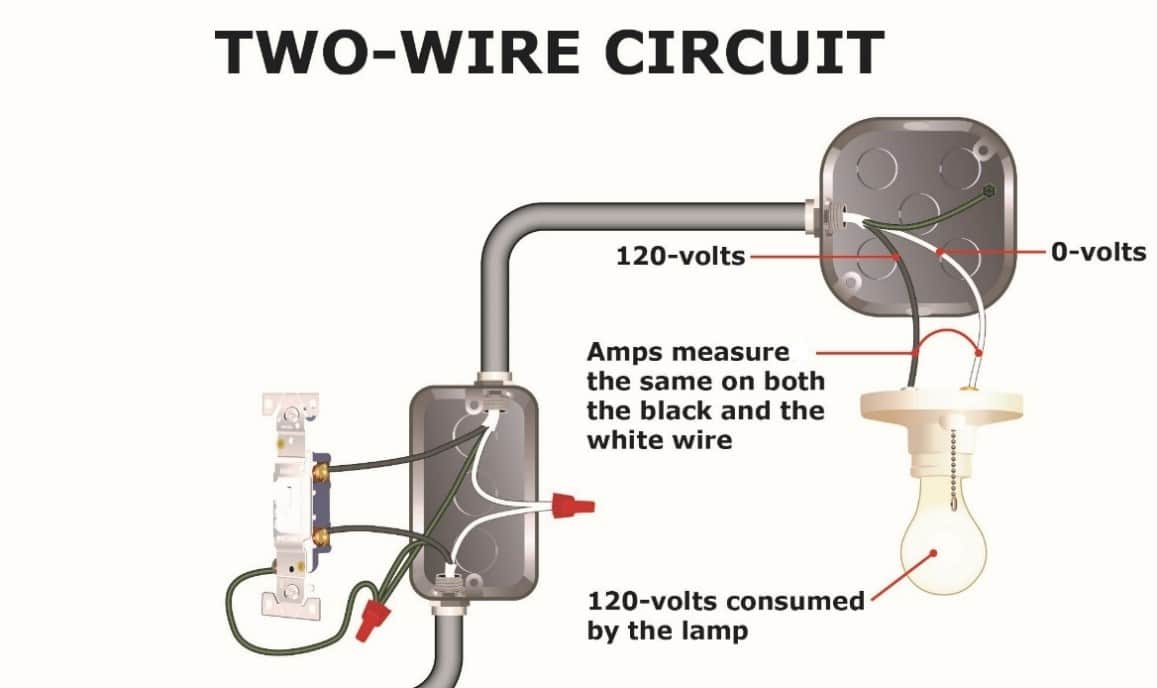
Aug 05, 2020
If you ask a seasoned electrician how many No. 12 AWG conductors will fit into a 3/4" EMT conduit system, you may get a response such as “one more!” While this is amusing (and typically true), there are precautions that must be taken according to the NEC whenever conductors are bundled together in a raceway, cable, or even in a ditch in the earth.
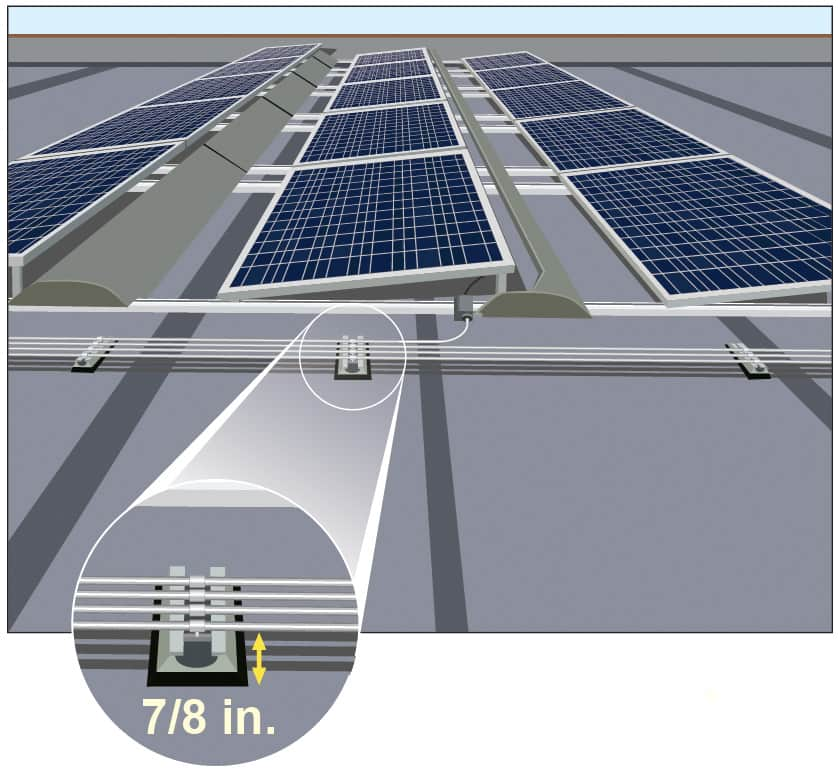
Sep 25, 2019
Anyone who has been on top of a roof on a hot summer day knows what it’s like to stand in the middle of an oven. Extreme temperatures from the sun can bake everything in sight, from shingles to appliances, and even electrical conductors and conduit. Conductor insulation is meant to provide long lasting protection from expected heat due to the flow of electricity and normal environmental factors. However, excessive heat from solar radiation can damage conductors and cause premature failures.
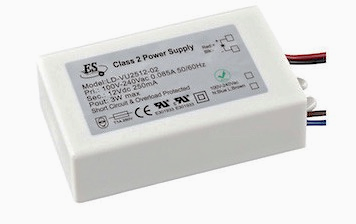
Sep 07, 2018
NEC Article 725 is dedicated to specialized circuitry, different from standard power and lighting circuits. The limited power and voltage of these circuits is what makes them a separate and specialized wiring method.
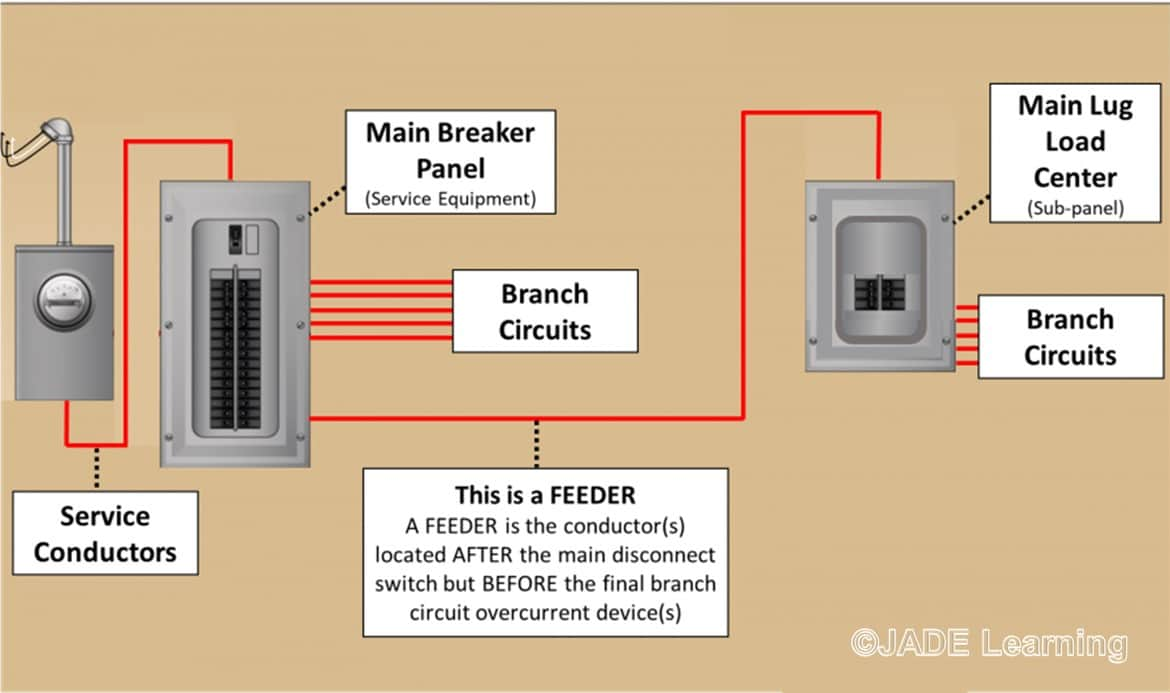
Feb 01, 2018
In order to understand what a feeder is, it is best to start with what a feeder is not. The conductors between the utility service point and the service disconnecting means are service conductors, not feeder conductors. Special service conductor rules apply because these conductors do not have short-circuit or ground-fault...

Mar 23, 2017
When reading a book, how often do we skip past the introduction and start with the chapters that interest us? That happens to those of us that use the NEC as well, but understanding the introduction to the code in Article 90 is key to properly applying the technical requirements...
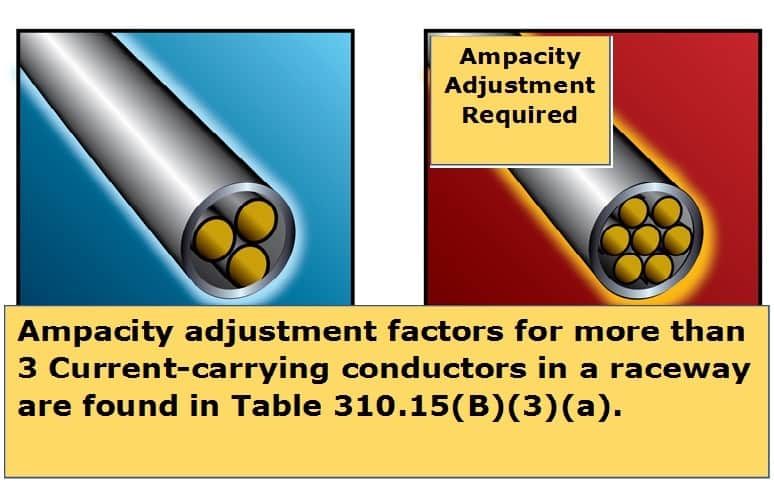
Jan 24, 2017
The conditions of use must be considered when determining the minimum size of a feeder conductor. A continuous load, such as the lighting load in a store building, generates heat in the feeder conductor that must be compensated for. Ambient temperatures above 86oF or more than...
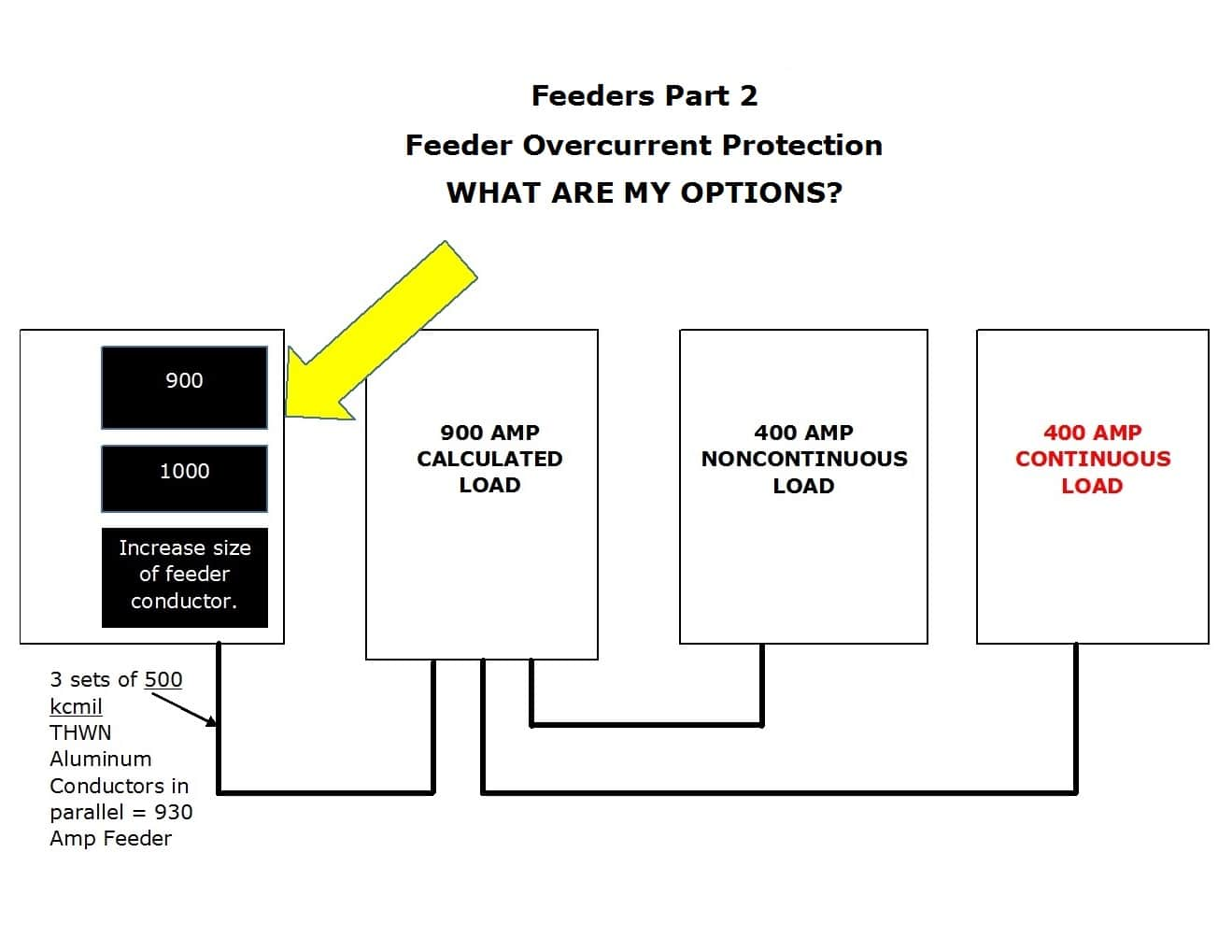
Dec 06, 2016
The general rule in 215.3 is that a feeder overcurrent device shall have a rating not less than the noncontinuous load plus 125% of any continuous loads supplied by the feeder. Unless permitted for specific applications, such as motor circuits, the rating of the feeder overcurrent device is selected as...
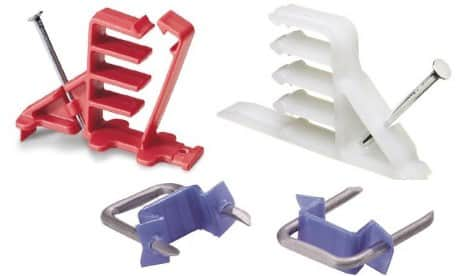
Jun 21, 2016
The requirements for securing and supporting are similar in intent, but there are differences. Securing is done by installing a mechanical means of attachment to the cable and attaching it to a stationary structural member so the cable does not move. This will prevent the cable or conduit from becoming loose and pulling away from a box or fitting. Support requires a mechanical means to prevent the cable from sagging or drooping which may cause damage to the cable and create a hazard. A cable may remain loose while its support is maintained.

May 20, 2016
The 2014 NEC is clear about how cables and raceways must be supported. The general rule in 300.11(A) is that raceways, cable assemblies, boxes, cabinets and fittings shall be securely fastened in place. Cables cannot be used as a means of support for other cables, raceways, or nonelectrical equipment, per 300.11(C)...
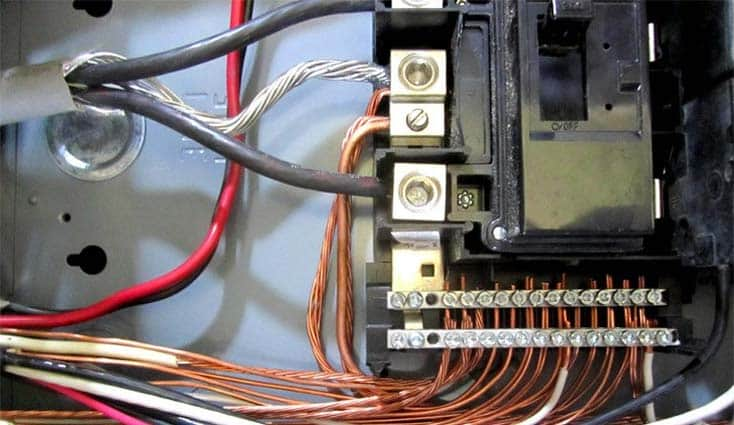
Apr 20, 2016
Supply-Side grounded and bonding conductors are sized from Table 250.102(C)(1) in the 2014 NEC. In earlier Codes, all these conductors, as well as the Grounding Electrode Conductor, were selected from Table 250.66. Table 250.102(C)(1) from the 2014 NEC. It is very helpful to have a separate Table for selecting the size of...
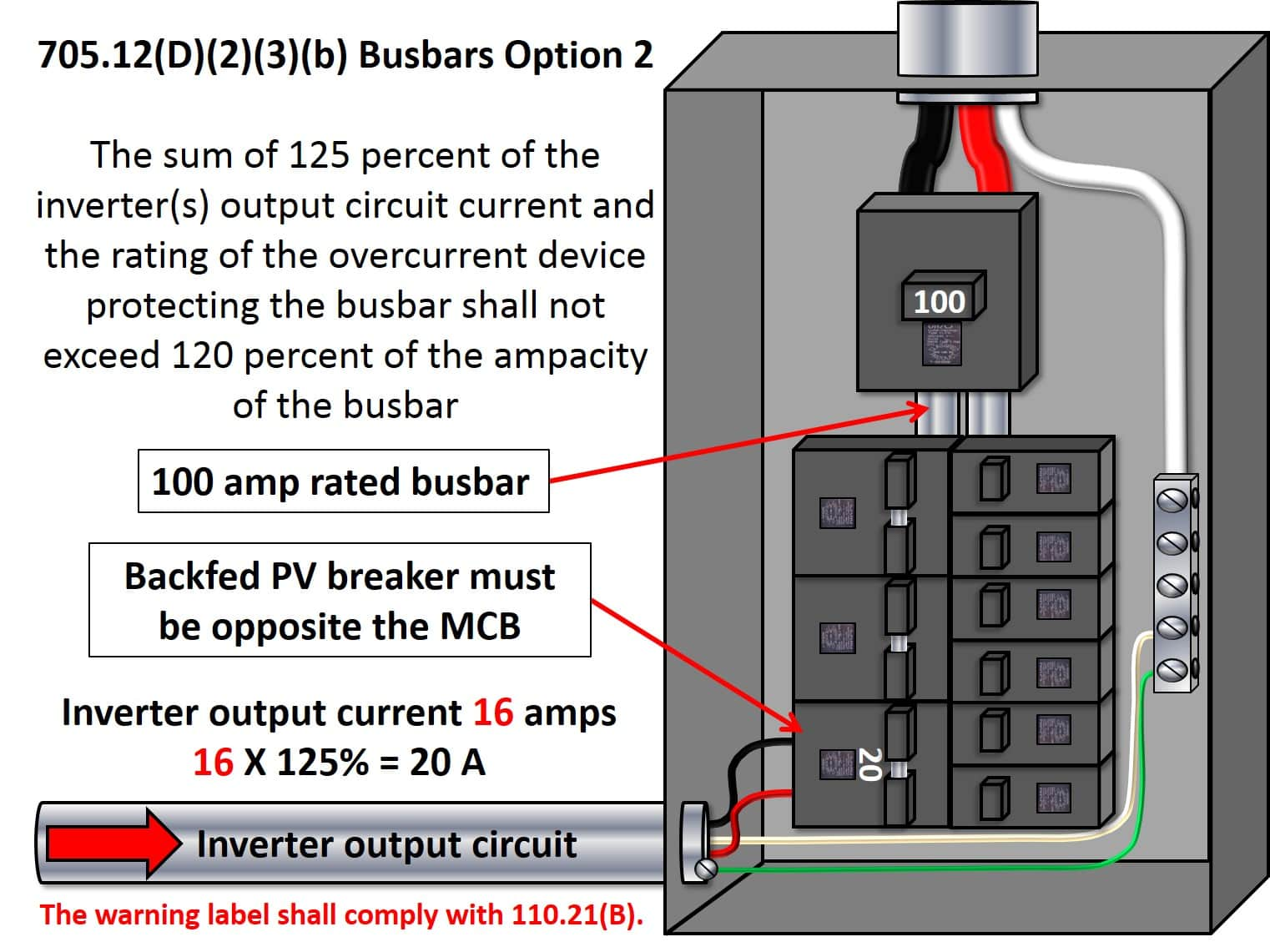
Feb 25, 2016
Properly sizing an SE cable installed in thermal insulation requires a careful examination of the Code. Section 338.10(B)(4)(a) is all about interior installations of SE cables and states: Where installed in thermal insulation the ampacity shall be in accordance with the 60°C (140°F) conductor temperature rating. The maximum conductor temperature...

Jan 28, 2016
Upgrading wiring in older homes usually includes replacing old two-wire, non-grounding type receptacles. Replacing a two-wire receptacle with a grounding-type receptacle and not providing an equipment ground or GFCI protection is a serious NEC violation. Extending a two-wire circuit without an equipment ground is also prohibited, even if protected by...
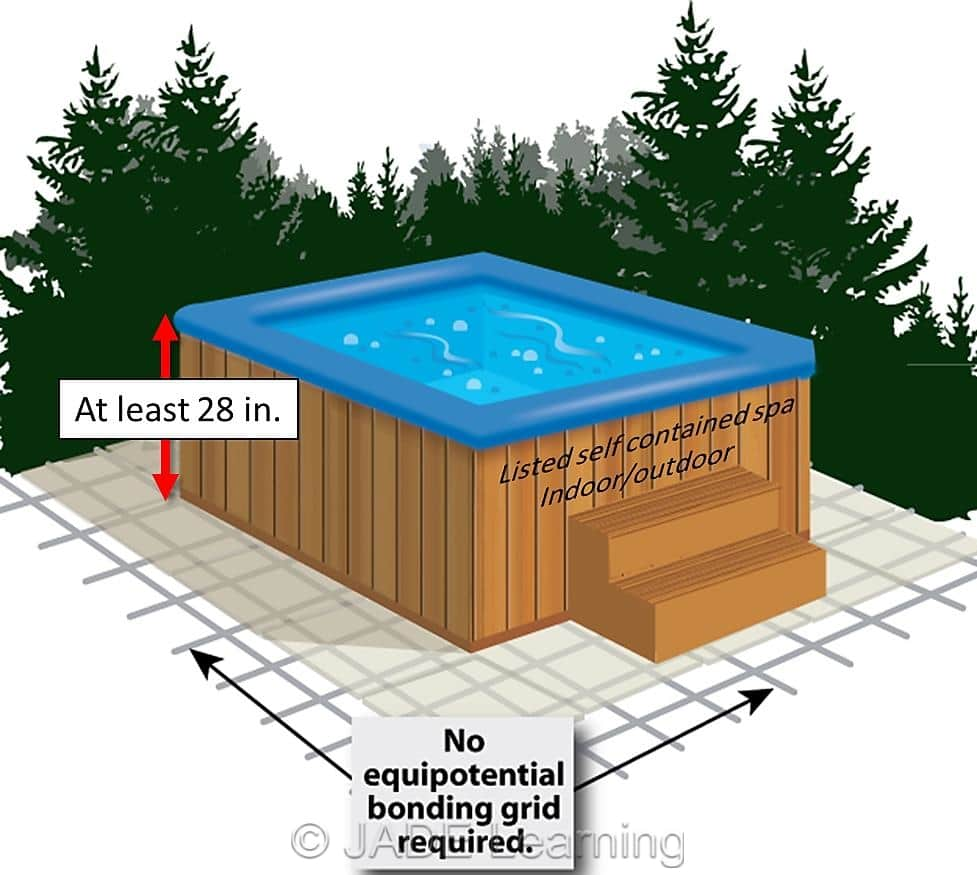
Aug 26, 2015
Here is a list of the most common electrical mistakes made when installing a hot tub outdoors
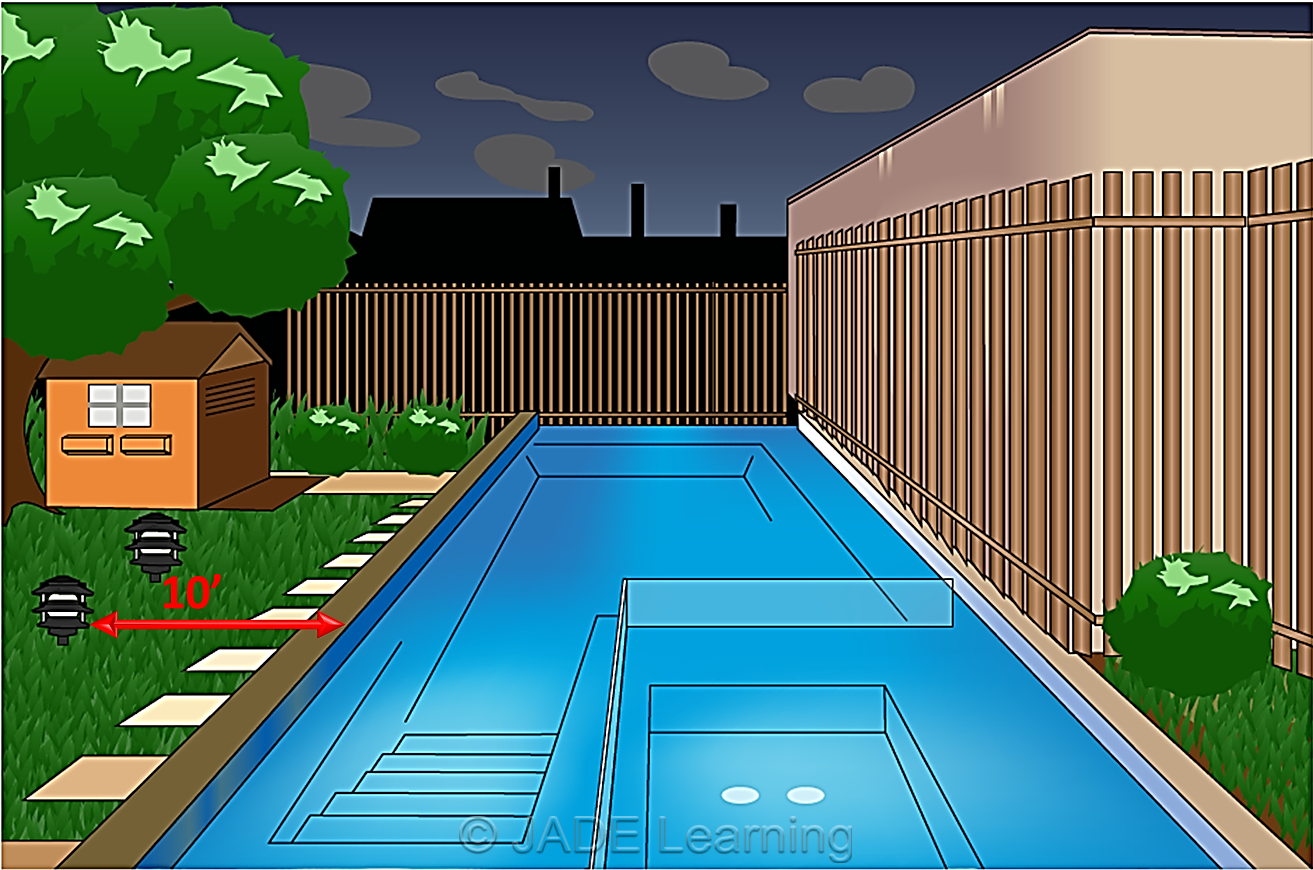
Jul 20, 2015
Here are some common items that can cause the electrical inspection to fail at swimming pools.

Dec 29, 2014
Here are the 6 most common violations that inspectors see in an above-grid ceiling inspection:

Nov 26, 2014
The fact that the table was removed is neither here nor there. More importantly is how to apply the 83% and when the Code section allows us to use it. Applying 310.15(B)(7) to one-family dwellings or the individual dwelling units of two-family and multi-family dwellings, has always been dependent on a few important factors:

May 23, 2013
Today John Hauck and David Burtt discuss the identification of grounded conductors according to the 2011 National Electrical Code. This is part 2 of a 3 part series on identifying conductors. How are grounded conductors required to be identified?200.6(A). In sizes No. 6 AWG and smaller, an insulated grounded...

May 16, 2013
Today John Hauck and David Burtt discuss the identification of ungrounded conductors according to the 2011 National Electrical Code. This is part 1 of a 3 part series on identifying conductors. Does the National Electrical Code have a required color code? No. The National Electrical Code does not have a...

Apr 04, 2013
Corrugated stainless steel tubing (CSST), is used to convey flammable gas inside or outside of a building. It is not mentioned in the 2011 NEC by name, but Informational Note No. 2 to 250.104(B) cites NFPA 54, the National Fuel Gas Code, as a source for additional information for gas...